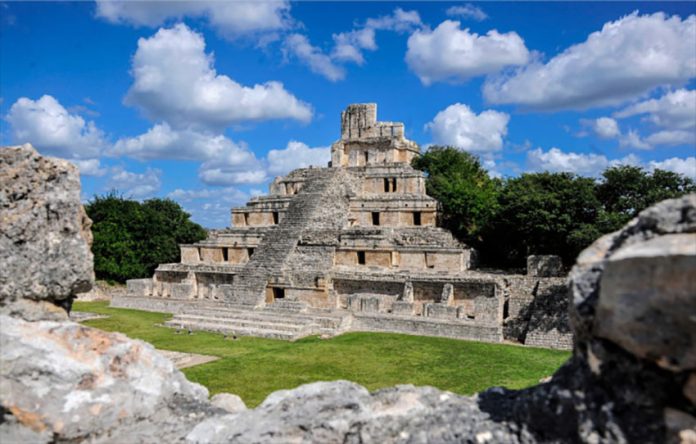The federal Culture Ministry and the National Institute of Anthropology and History (INAH) announced this month that they are continuing conservation and maintenance work on two of the most famous archeological sites along the proposed section 2 of the Maya Train. One of the sites, Jaina island, is an artificial island built by the Mayans around the year 300, according to archeologists.
Environmentalists are strongly opposed to the work being done on these sites, citing the destruction of the local ecology, the destruction of built structures, and its effects on local fauna. INAH, however, said they are taking care to safeguard the local environment and that the island’s opening to the public is still a long way off. INAH’s current work involves topographical surveys of the island and improvements on the existing structures.
One of the major finds during the course of this work has been the pre-Hispanic dock used by the island inhabitants. The federal government plans to build a bridge to connect the island to the mainland, but INAH said in a press release that it would be built so as to have the least impact possible on the environment, and be used only by the scientists and archeologists that come to study the island’s history and site custodians.
The island has been registered with INAH since the 1980s, when thousands of graves were found at the site. Excavation uncovered ceramic figures and other artifacts, leading archeologists to believe that the site may have been an elite Mayan burial site.

The site’s restoration is part of the Improvement Program for Archeological Zones (Promeza), which is restoring and researching various sites along the Maya Train route. A visitors center is planned for the nearby Chunkanán ejido, a swath of communal farmland. The ancient city of Edzná along the train’s route is also undergoing maintenance, much of it focused on a five-story Maya temple that was excavated and has been open to the public since the 1970s.
With reports from National Geographic en Español
